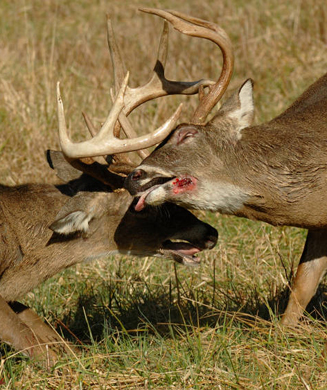























Houston We Have a Problem
Muley Battle
Fight to the Death
Check out this amazing photo series of two whitetail bucks battling for more than 50 minutes.

























Check out this amazing photo series of two whitetail bucks battling for more than 50 minutes.